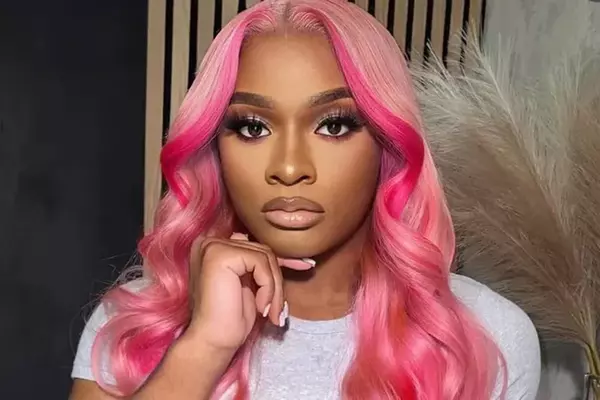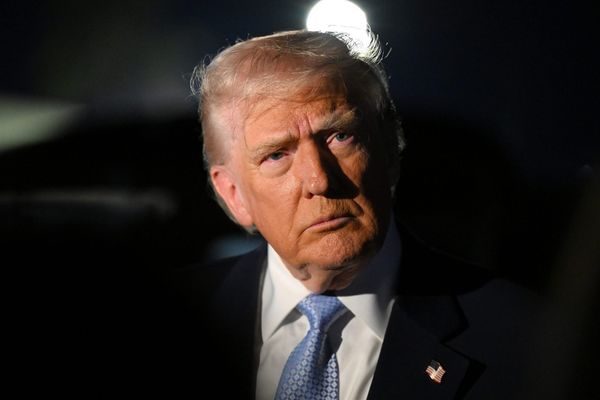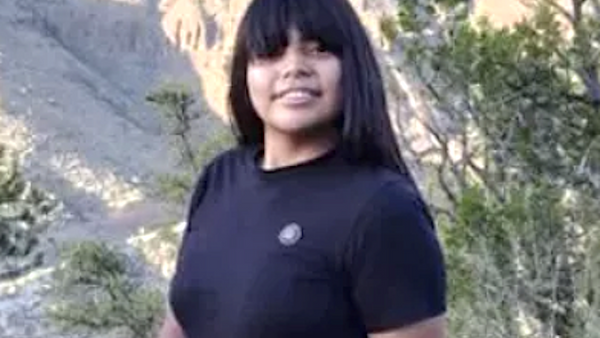
Late last year, I was in Bodh Gaya in the northern Indian state of Bihar, the birthplace of Buddhism, on the first night of Diwali, the Hindu festival of light. Candles and colored lights radiated a warm glow over the walls of this riverside neighborhood. I purchased a firework intriguingly labelled “The Hulk” and set it down next to an abandoned one-story house, which was being occupied as a drinking and gambling den. The twenty-odd men inside were playing a game of cards, surrounded by plastic cups and green bottles filled with a liquid that was hardly lemonade.
However, I’d accidentally left the firework upside-down, and instead of exploding upwards it exploded sideways, engulfing me in a whirlwind of brightly-glowing stars. Cries of dismay sounded from the derelict house as the cloud of sparks flooded inside, interrupting the game and burning a small hole in one man’s shirt. The local children, at least, were amused. I was given a stern look and apologized. An hour or two later, more shouts emanated from the house. One of the players, who’d apparently been caught cheating, bolted through the side door, pursued by an angry, drunken mob.
It's scenes like this that led Bihar to ban booze in 2016. With a population of nearly 130 million – roughly the same as the entire country of Mexico – this single state in India now has the most people living under dry laws than anywhere else on the planet. The parallels with early 20th century Prohibition in America – gangsters, feminists, minorities, corruption, doctor’s notes, speakeasies and moonshine – are strikingly similar.
“People will drink. Who can stop anybody from eating and drinking what they want to?” says Sudha Varghese, founder and director of Nari Gunjan, an NGO devoted to uplifting women in marginalised Bihari communities. “If they’re not producing [alcohol], then they are drinking happily in plenty. They forget whatever restrictions there were. You don’t go to a public place to buy, now it comes to your home.”
Indian drinking culture dates back to earliest recorded history. Toddy, for instance — a sweet, refreshing, vinegar-smelling drink made from the sap of palm trees in southern India — has been known since ancient times. And in the epic tale, the “Ramayana,” the hero Rama indulges in wine with his wife, Sita.
But while Western society is divided by class, race and gender, Hindu society is also divided by an elaborate caste system: there’s castes of merchants, cobblers, jugglers and acrobats, who’re not supposed to mingle or intermarry. On the top are Brahmins, the priestly class; while at the bottom are Dalits, a caste so lowly you’re not even supposed to shake hands with them. The caste you're born into determines the rest of your life, and lower-castes endure daily discrimination in terms of jobs, education and social standing. Over a third of lower-caste Indians are illiterate, compared to roughly a fifth on average. According to Hindu customs, warriors and kings may only imbibe on special occasions, while Brahmins must remain teetotal. The lower you climb down the caste ladder, the more people drink, and for Dalits there are few taboos at all.

Prohibition is intertwined with the birth of the modern Indian nation itself.
Drinking grew more popular under colonial rule, becoming a rallying point for the independence movement, who boycotted the British-owned liquor industry. Proponents of prohibition argued that drinking culture was alien to India – while that’s debatable, the colonials filled their coffers with the liquor tax and certainly encouraged it. Mahatma Gandhi, who was famously teetotal, saw it as another way for the Man to keep the Brown Brother down.
“If I were appointed dictator for one hour for all India, the first thing I would do would be to close without compensation all the liquor shops [and] destroy all the toddy palms such as I know them,” he once said.
In 1947, India won its independence and Gandhi was assassinated by a Hindu fanatic angry at his outreach to Muslims. In the new nation, prohibition seemed like a shortcut to fix all their social problems. Upper-caste Hindus considered drinking a scourge to be eradicated, and were undeterred by Prohibition’s abject failure in America, a land they considered beyond saving anyway. Dalits, Christians and Parsis (those who practice Zoroastrians, an ancient religion from Persia) argued that drinking was not anathema to them and in fact part of their customs. Furthermore, most who drank did so occasionally, while hardcore winos would switch to dangerous moonshine. But no one wanted to contradict Gandhi’s memory and so prohibition was enshrined into India’s new constitution, though in practice it was only implemented in a handful of states such as in the great city of Bombay, currently known as Mumbai.
What the naysayers predicted is exactly what happened in the end. Just like the rise of the Mob during American Prohibition, Bombay’s booze ban led to the rise of the powerful Mumbai mafia, whose illicit distilleries in Dharavi, the swampland slum from “Slumdog Millionaire,” churned out hundreds of litres of hooch each night. Distillers threw rotten fruit and molasses waste in the gallon to brew with ammonium chloride to produce something called “snake juice,” which was collected by lepers and taken around the city.
Lepers made ideal runners, as the cops didn’t wanna touch them, and if they ever did come close enough to slap on the handcuffs, the lepers were often missing fingerprints (as well as the fingers themselves.) The lepers carried the hooch to speakeasies known as “aunty bars”, often operated by families from Goa, an enclave colonized by the Portuguese and converted to Christianity. The Goans paid monthly protection fees to Bombay’s finest to be left alone and given advance warning of raids. But enforcement was lax anyway, not least because the police themselves liked a tipple.
Not everyone had to chug ghetto grog. Wealthier Indians could afford fancy scotch smuggled by sailors. Since alcohol withdrawal can be fatal, chronic drunkards could show a doctor’s note for a prescription. And the rules didn’t apply to gora (foreigners) either, of course. But in 1963, Bombay lifted prohibition to save “the people from ruining their health by drinking illicit liquor, which was in most cases worse than poison.”
Bombay’s noble experiment was repeated, and repealed, in several other Indian states.
As was partly the case in America, the charge towards prohibition was led by women’s movements. Women throughout India have long called for liquor bans to reign in their drunken husbands, who squandered all their earnings drinking the toddy bar dry before stumbling home and assaulting them. India is a relatively sober place compared to the West (average alcohol consumption of 4.9 litres per capita, compared to 9.2 in Europe and 7.5 in the Americas), but those who drink tend to get absolutely hammered: according to the WHO, 93% of alcohol consumed in India comes in the form of hard spirits, and drinkers are overwhelmingly men.
Bihar’s anti-alcohol campaign began in the rural village of Konar in 2013 where a group of sixty or so angry women, outraged at seeing their children sipping leftovers which had been left lying around, demanded their local wine shop be closed, and when the owner refused, shut the door with a padlock. The protests spread to other villages, with female vigilantes smashing bottles of naughty water like a desi Carrie Nation.
Bihar is one of India’s poorest states but also has perhaps the greatest women’s participation in politics. The Jeevika organization, which connected women’s groups across the state, mobilized a quarter of Bihari women into calling for alcohol to be outlawed. Courting the female vote, the state’s Chief Minister Nitish Kumar made the dry law a bedrock of his re-election campaign and signed the Bihar Prohibition and Excise Act in 2016.
The policy appeared to have some initial success. Drinking dipped substantially – after three years, by 41% among men and nearly 70% for women – and families had more disposable income: in the first year of prohibition, the sale of saris surged 1,715%.
According to certain studies, domestic abuse and drunken brawls have become less common. But as we’ve seen, drinking persists.
“Women cannot say that because of the ban there is no domestic abuse,” Sudha shook her head. “I don't see that as a big positive effect of the ban. Maybe one or other of the men who used to drink a lot, come and beat up their wives, [but] those women who were abused for various reasons, they are abused today also.”
Part of the reason is Bihar is surrounded by “wet” states. Bootleggers simply stock up there and drive back, hawking their wares for two or three times the price. Bootlegging attracts youngsters seeking easy money, and the jails are overflowing with small-time bootleggers unable to afford bail, leaving their families behind without breadwinners. Just like the United States, where low income and Black people are disproportionately punished by the war on drugs, which was engineered with racist overtones, so in Bihar the lower-castes suffer more than two-thirds of prohibition arrests. The Dalit community in particular relied on the alcohol trade before the ban, and the lack of opportunities in one of India’s poorest states has left many resorting to bootlegging.
“Producing and selling [alcohol] is the livelihood for very poor people who are landless and assetless, and this is the only option they have to earn their daily food,” Sudha explained. “They are not living in luxury. And the administration, the excise department, they have to show results. Why are people drinking so much? So the department goes raiding and makes life miserable for these people. They beat them up, they will take anything they find in their houses and they collect money from them; extortion.”
Arrests are also common — mostly men, but some women also. Female runners are particularly prized since they’re less likely to arouse suspicion, strapping bottles beneath their saris. Sudha says people need to be given alternative livelihoods independent of alcohol trafficking.
“But that is not a priority for the government. They have no skill to go into another livelihood, they have no capital to do that,” Sudha said. “They are helpless. You catch them, beat them, take them to jail. They are rotting there, nobody is there to help them with legal aid. So what about their human rights, their right to live with dignity? And who is benefiting from this ban on liquor? I think it is only the police benefiting from it.”
Bootlegging is enabled by the overstretched police force and crooked cops taking payoffs from the booze racket. In November, Bihar’s prohibition was sharply criticized by a judge, who ruled it was little more than a racket for cops to shake down bootleggers at the expense of the poor, who languish in prison while kingpins watch the money roll in.
Given the scale of corruption, opposition leaders and local conspiracy theorists have accused Chief Minister Kumar of deliberately passing the law to profit the booze barons – the classic bootleggers and Baptists scenario, in which both law-abiding moralists and amoral racketeers benefit from prohibition. During Kumar’s previous term he’d actually loosened restrictions in the state, doubling the number of liquor stores before suddenly closing them all when it became politically expedient. So what happened to all that demand, his critics ponder.
According to the latest survey from the Ministry of Health, roughly 17% of men continue to drink. That’s the portion willing to admit it, at least – the real number could be far higher. But there are similar levels of drinking in neighboring Uttar Pradesh, a wet state, throwing the necessity of prohibition into question.
“There are two categories of people after the ban,” explained Dr Abhitesh Tripathi, who runs a clinic in northwest Bihar. “The rich people who can afford the high price of [imported] liquor that is available to them by some illegal means. And the second category are very marginalized and poor people who are drinking country liquor which is produced in the villages. The problem is that liquor is not regulated and the production is [substandard.] The original alcohol content is ethanol, but the country liquor contains methanol and the people who survive that may be left with lifelong blindness and other injury like liver damage.”
Country liquor, or moonshine, is made from mahua fruits fermented with sugar then occasionally mixed with cheap methyl alcohol. Brewers often check the quality by seeing if it catches fire – if it lights, it’s alright! Mass poisonings are not uncommon, and victims are so scared of arrest they don’t call for help.
“Even though [prohibition] has not been very successful, they are not going to accept it and take it back because it’s become a matter of pride,” said Dr Tripathi.
Sounds familiar.







